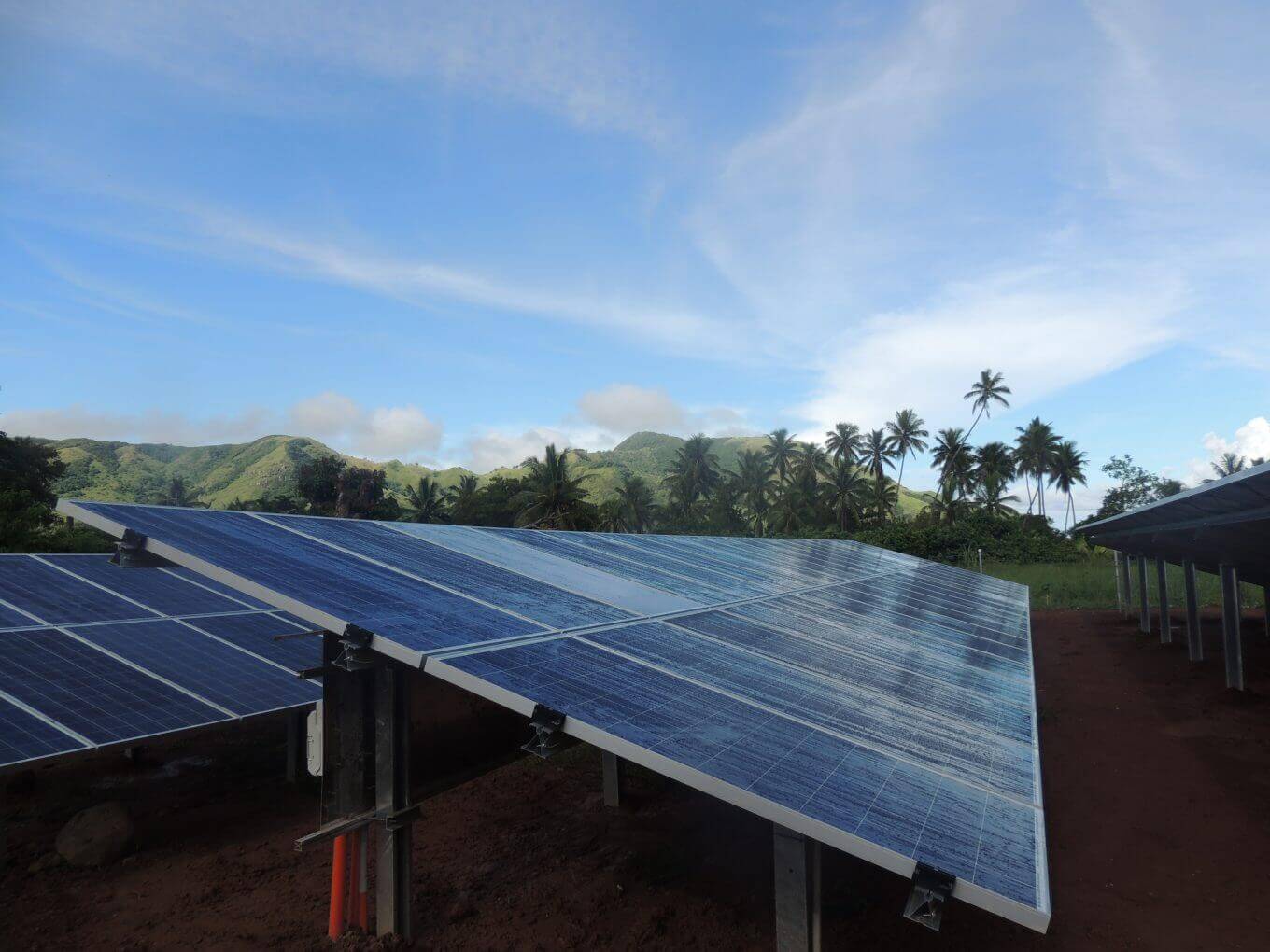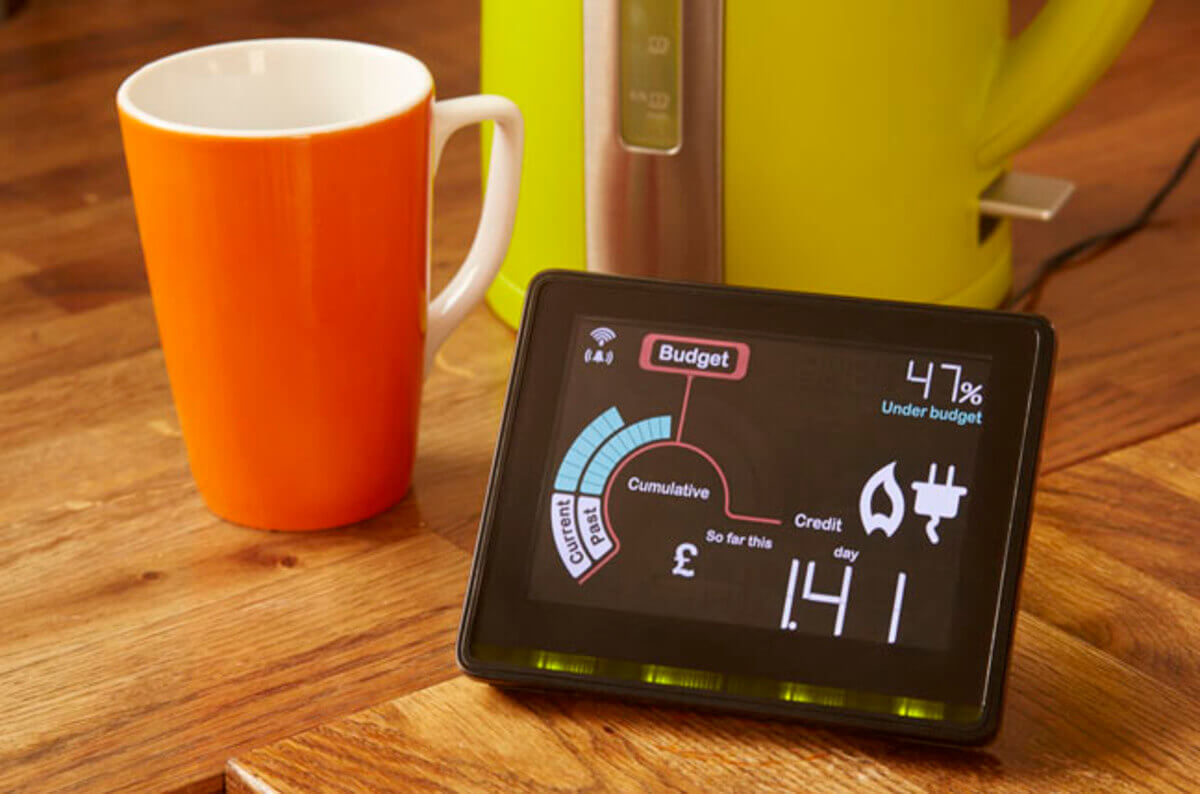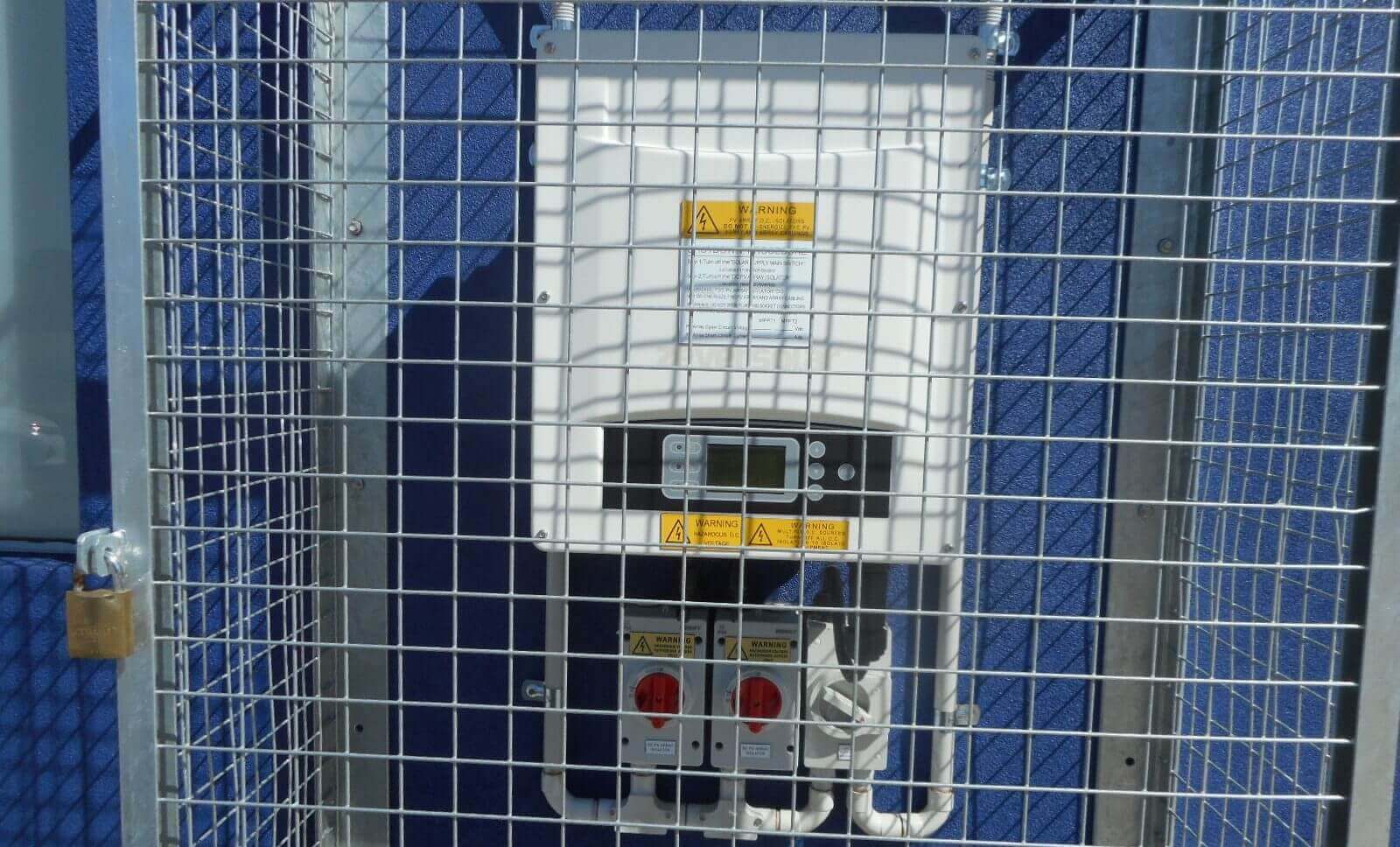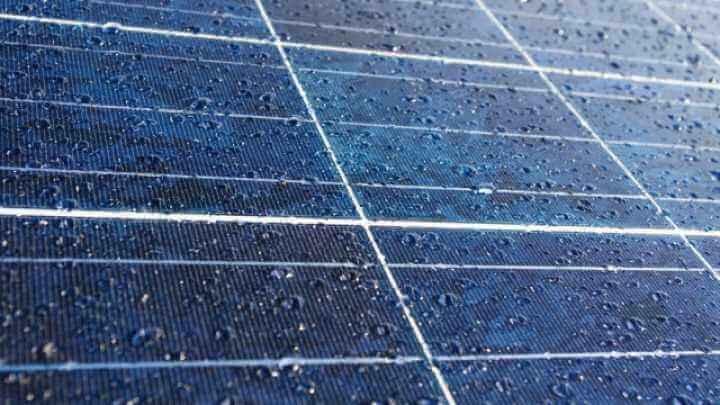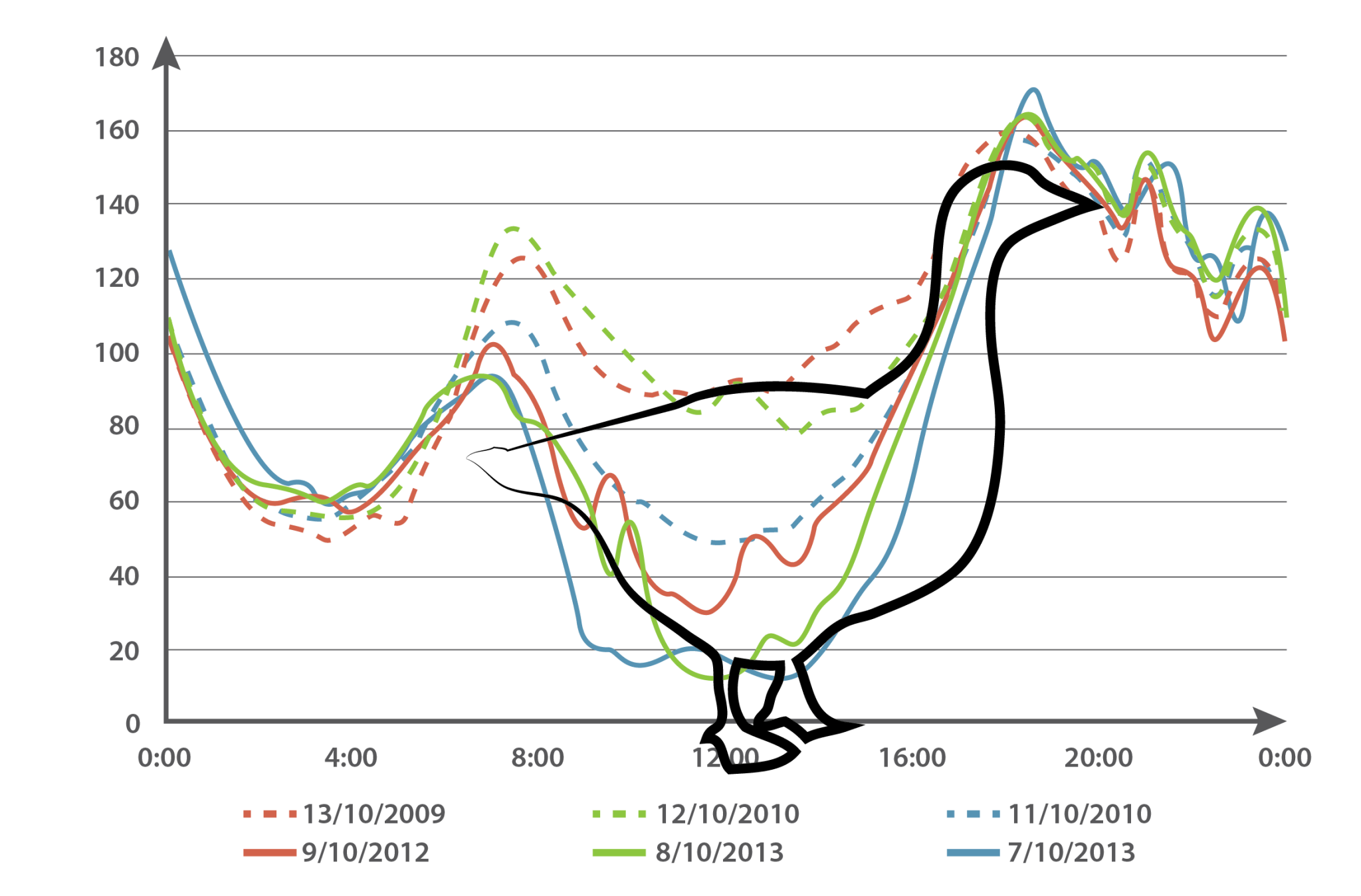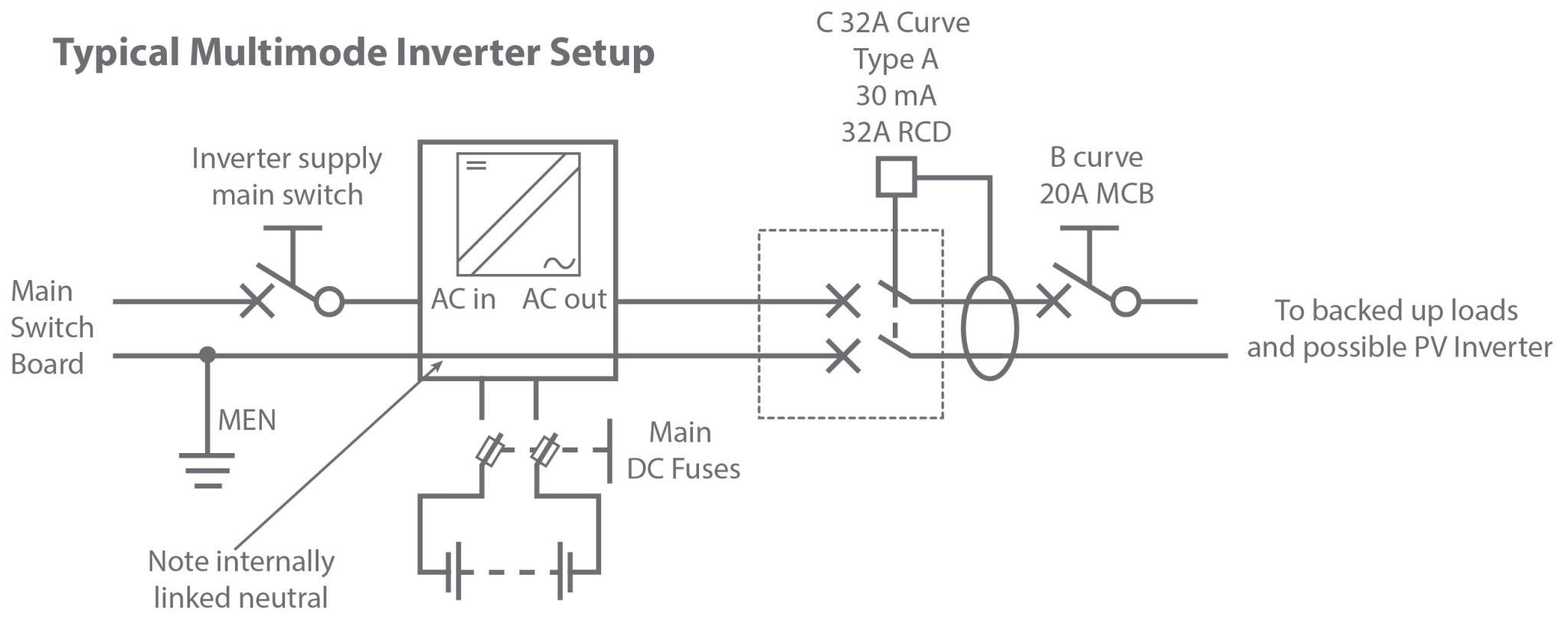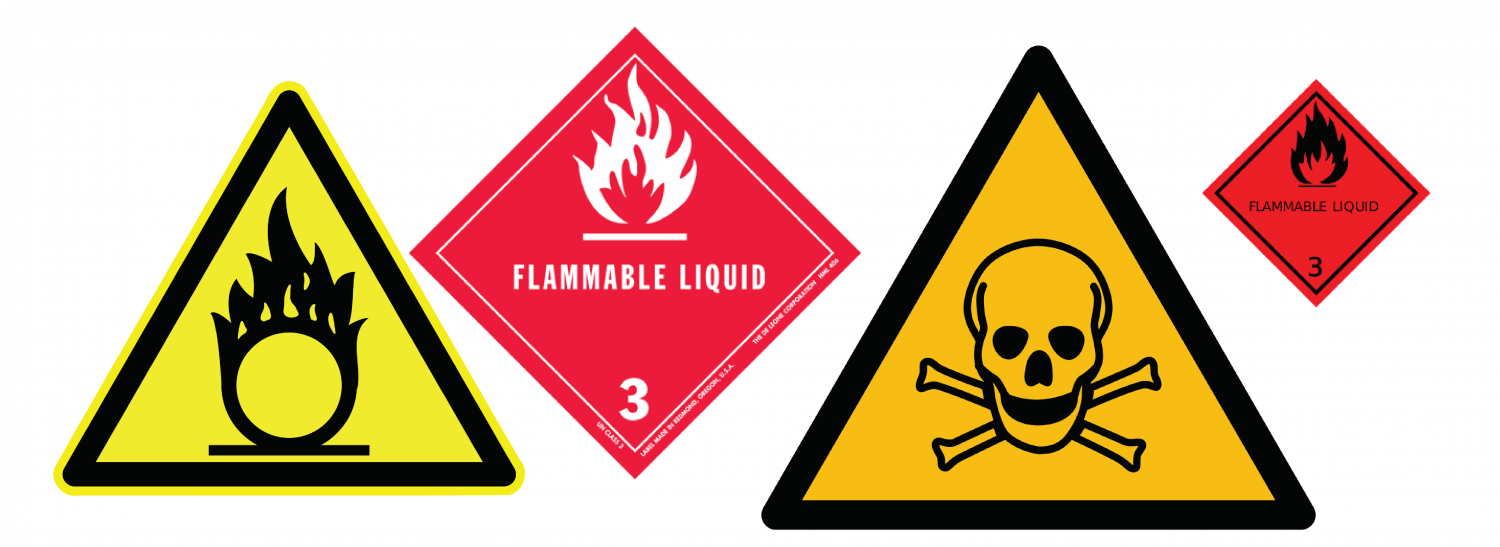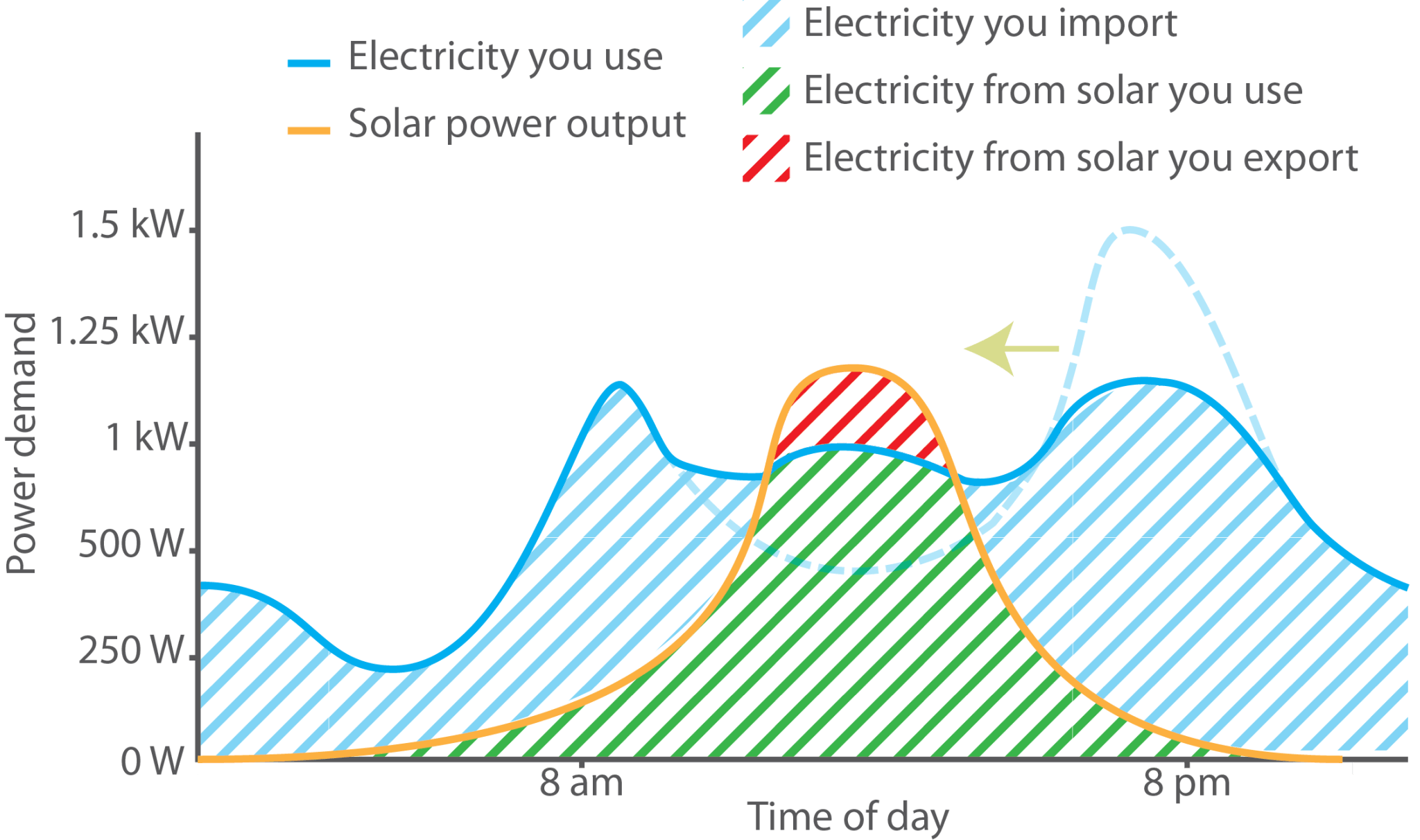As installed system capacity continues to increase in the Australian PV market, it is valuable for system designers and installers to understand the mechanisms behind moulded case circuit breakers, and the meaning behind their ratings. A moulded case circuit breaker (MCCB) is a type of electrical protection device that is used to protect the electrical […]
Category: Regulations
The Pacific Perspective – The Energy Tri-lemma, Battery Storage in American Samoa and New Zealand Case Studies.
Last week Samoa held the Pacific Power Associations (PPA) 26th Annual conference in Samoa. As an allied member of the PPA and a Pacific training organisation, GSES attended the week-long conference. The Island Nations in the Pacific rely predominantly on diesel generators in large or micro-grid configurations for power supply. These Nations have turned to […]
Smart Meters and Real Time Pricing
Time of Use (TOU) pricing has widely been adopted for electricity billing. With TOU metering the electricity rates are divided into three different time periods – Peak, Shoulder and Off Peak which enables the retailer to charge different prices for the electricity used at different times. A new method of electricity pricing has been introduced, […]
AS/NZS 4777.1:2016 – Key updates to the standard and what they mean for installers
The latest version of the Australian and New Zealand Standard: Grid connection of energy system via inverters – Installation requirements (AS/NZS 4777.1:2016) was released on 30 September 2016. There is a transition period of 6 months, therefore this standard will come into effect at the end of this month (30th March 2017). AS /NZS 4777.1:2016 […]
Industry wide Improvement in Ingress Protection Safety Thanks to CEC Guidelines
Under the Renewable Energy Target (RET) requirements, solar photovoltaic (PV) power systems must be installed to relevant Australian standards and Clean Energy Council (CEC) guidelines in order to receive Small-scale Technology Certificates (STCs). To monitor this, the Clean Energy Regulator’s RET inspection program has been running since 2010 and the CEC review the outcomes of […]
The Duck Curve – the duck hunting season we want to have
The power blackout in South Australia in September 2016 produced numerous ‘experts’ to analyse the causes of this event. The Australian press, politicians, shock-jocks and the public all had their particular slant to apply when assessing why this catastrophic failure occurred. GSES thought it opportune to provide some contextualised background to how distributed renewable generation, […]
Connection of Inverter Energy Systems to the Grid: New requirements surround residual current devices
The industry has seen rapid uptake of solar PV and energy storage systems connected to multiple mode, or ‘hybrid’, inverters and battery systems over recent months. This has prompted many questions from installers and designers regarding the connection of inverter energy systems to existing electrical installations. While many common questions regarding connecting IES systems can […]
Battery Storage Systems: What are their chemical hazards?
While consumer interest in battery storage systems continues, an issue often overlooked when discussing the pros and cons of battery storage systems is the chemical hazards associated with the battery technology and ways of managing these hazards. An array of battery chemistries is available on the commercial market, and the range of products continues to […]
Generous Feed-in-tariff Schemes: their demise and what information is useful for affected system owners?
Various generous feed-in tariff (FiT) schemes, including NSW’s 60c Solar Bonus Scheme, will come to an end on the 31st December 2016. It is estimated that over 275, 000 households in Australia will be affected by these changes to feed-in tariffs. For PV system owners in states other than NSW, feed-in tariff rates will be […]
Battery Charging on AC Coupled Grid Connected Battery Systems
The advent of Grid Connected Battery (GCB) systems in Australia has led to increased interest in coupling GCB systems with existing or new solar PV system to increase energy self-sufficiency. GCB systems can be connected to a PV system as a DC coupled system, where the PV array is connected through a charge controller directly […]


